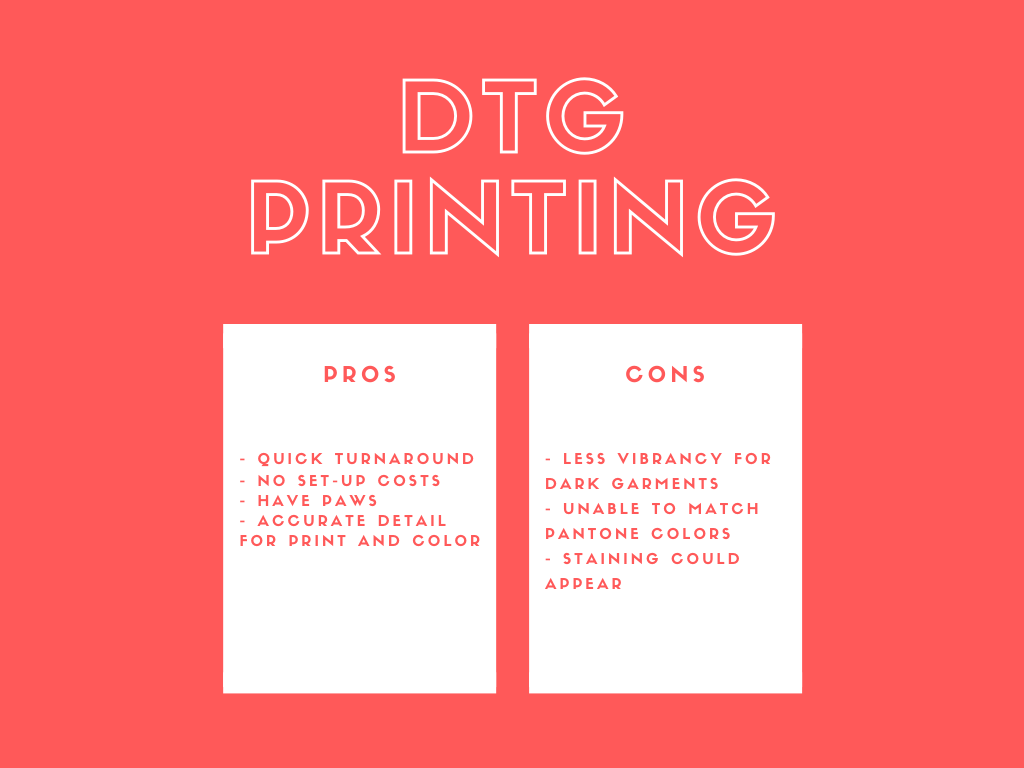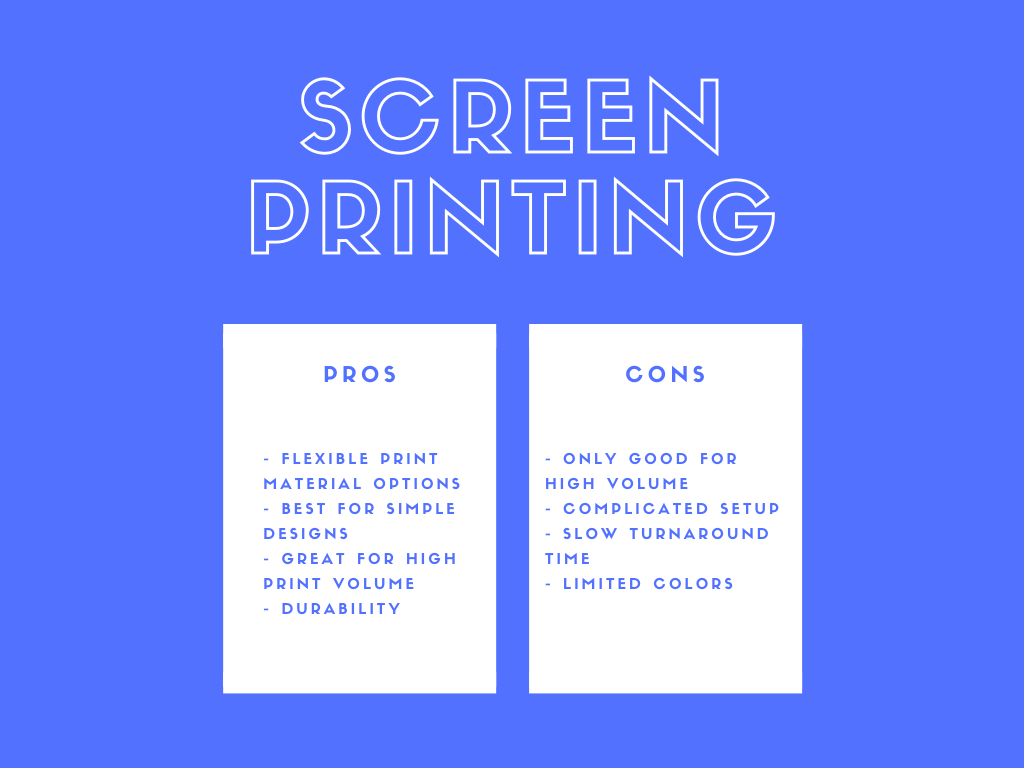Winning the Name Game: What We Can Learn from the World’s Stickiest Brands
The Lego story is as elegantly simple as the blocks themselves.
The Lego company began in the workshop of Danish carpenter Ole Kirk Christiansen in 1932, where he crafted wooden toys. Christianson’s inspiration for the brand name came from the Danish term for “play well” – leg godt. By combining the first two letters of each word, he created a unique and meaningful brand name that has transcended countries and generations.
In 2016, Lego’s turnover grew 6% to 5.1 billion euro, surpassing Mattel’s measly $4.9 billion, making them, for the first time, the world’s largest toy company.
Making Your Name Stick
A great name can make a brand.
In today’s expansive global market, it gets harder and harder to win the name game. If you want your name to be known and respected, you have to pick a winner and make it stick.
What makes a great brand name? The “stickiness” of the word can make all the difference. Names that closely align with the service they offer are especially memorable (like Twitter, Smuckers, Naked Wines, SnapChat, Netflix, PayPal, Red Bull, Dollar Shave Club, and Snuggie).
Names with engaging metaphors are powerful too. When paired with a clear graphic device, names that suggest something beyond their literal meaning create some of the most evocative brand identities.
Take Amazon, for example. When Jeff Bezos was looking to carve out space as the biggest bookstore globally, he wanted to convey his company’s sense of mystery and endless possibility, available to any customer with an internet connection. Bezos tried two or three names before settling on “Amazon.”
The metaphorical impact of this name had great appeal: the Amazon River was the biggest in the world, home to a vibrant ecosystem as exotic and different as Beso’s dreams. It was the ideal metaphor for his new venture. The Amazon was striking and boundless, just as he wanted his online store to be. It was also the largest river in the world, 10 times larger than the next contender – perfectly fitting the vision for Amazon’s status today!
Growing Top-of-Mind Awareness
Once you’ve found the right name, it’s time to get it in circulation.
Brand awareness is the extent to which a brand is recognized by potential customers and correctly associated with its particular product or service. When your name becomes familiar, you will enjoy all kinds of perks:
-- People will know who you are and what you do
-- A viewer will be more open to reading your ads or mailings
-- Search engine users will be more likely to visit your website
-- Prospects will be warmer toward a referral from one of your current customers
-- Customers will be more likely to choose your brand over others, even if there are cheaper options available
Looking for ways to get your name out in your community or industry? Here are 10 ideas:
1. Create a custom hashtag that plugs your unique selling proposition
2. Participate in or sponsor local events
3. Build bright, colorful infographics
4. Post regularly to social media using your brand voice
5. Sell your name through special shapes (i.e., die-cut postcards, magnets, or key chains)
6. Go mobile by creating colorful decals for vehicles
7. Hang full-size posters in “can’t miss” locations
8. Add a blog to your website and feature it in printed inserts or newsletters
9. Invite your employees or VIP customers to wear branded clothing at key community events
10. Design beautiful labels for all your products
It’s a good idea to use a mix of online and offline strategies to build awareness in most cases. The more customers see your company, the more likely they are to think of you when they’re ready to buy.
FOR MORE INFORMATION ON ANY OF OUR MARKETING PRODUCTS CALL: 516-561-1468 OR GO TO: www.printcafeli.com














